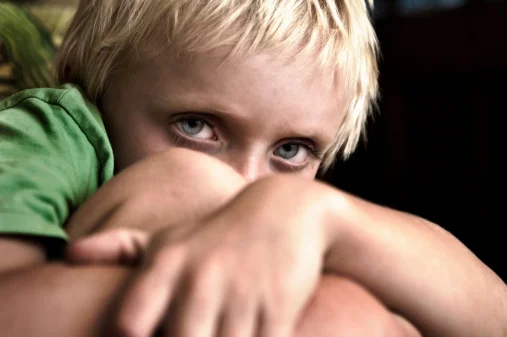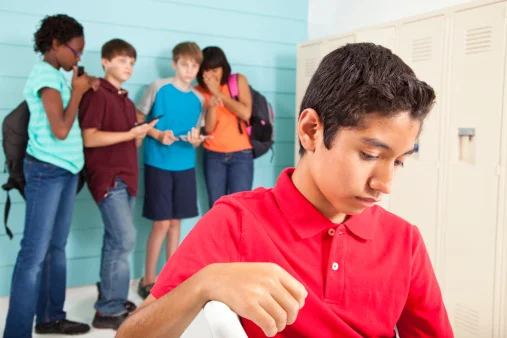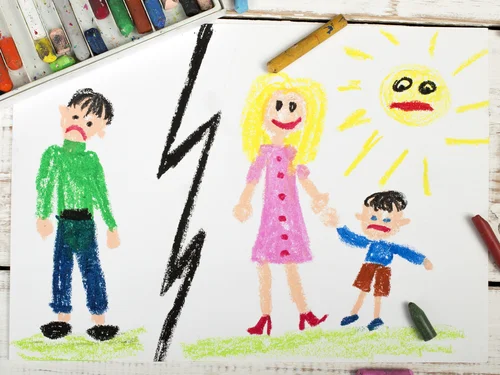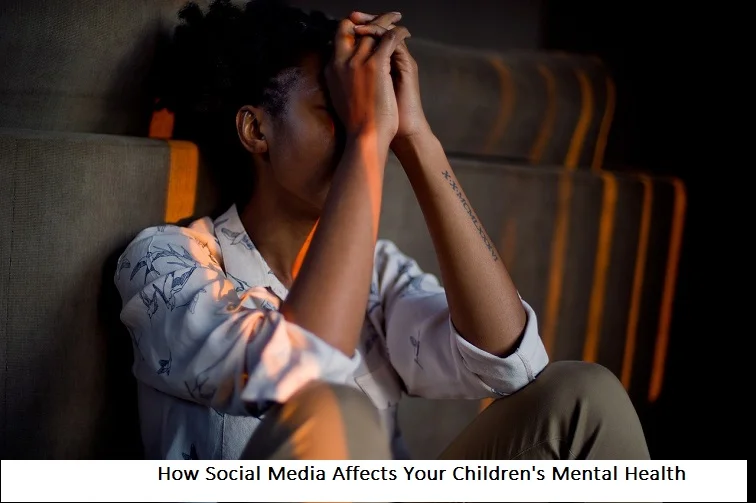+1 845 259 2974 (11 a.m to 7 p.m CST)
Shocking Facts About Bullying Every Parent Must Know
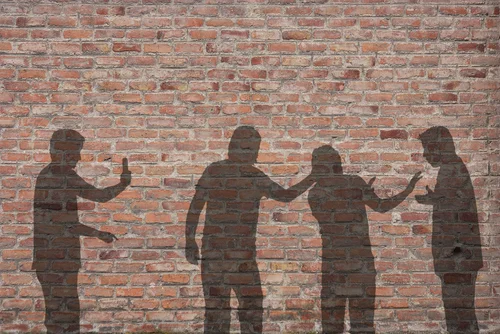
Bullying is a pressing issue that affects millions of children worldwide. It is not just a phase that kids go through but a serious problem with far-reaching consequences. Bullying can leave long-lasting scars, both emotionally and physically, that extend well into adulthood. Parents must be aware of the harsh realities surrounding bullying to effectively safeguard their children and provide the support they need. Understanding the dynamics of bullying is the first step toward creating a safer environment for every child.
1. Bullying Can Start Early
Many parents assume that bullying is a problem that begins in adolescence, but research shows it can start as early as preschool. Young children may engage in behaviors such as name-calling, exclusion, or even physical aggression. While these actions may seem minor, they can set the stage for more severe bullying later.
Early intervention is critical to stop bullying behaviors before they escalate. Parents should observe their children’s interactions and use teachable moments to instill kindness, empathy, and conflict-resolution skills. Building a strong foundation of social skills can help children navigate challenges more effectively.
2. Most Bullying Happens in Schools
Schools are often thought of as safe havens for learning and growth, but they are also the primary settings for bullying. Studies reveal that hallways, cafeterias, and playgrounds are common hotspots where supervision is limited. Even classrooms are not immune to bullying when teachers are unaware or unable to intervene.
Schools must adopt a proactive approach by training staff to recognize and address bullying incidents promptly. Parents, on the other hand, can stay informed by communicating regularly with teachers and school administrators. Advocating for anti-bullying programs and policies can create a safer school environment for all students.
3. Cyberbullying Is on the Rise
The rapid rise of technology has given way to a new form of bullying—cyberbullying. This type of bullying occurs through social media platforms, messaging apps, and online gaming communities. Unlike traditional bullying, cyberbullying can follow children into their homes, making it feel inescapable. Hurtful messages, doctored images, and public shaming can cause severe emotional distress.
Parents must stay vigilant about their children’s online activities. Teaching kids about privacy settings, safe internet usage, and how to block or report harmful users can go a long way in protecting them from digital harassment. Open communication about the risks and consequences of cyberbullying is essential.
4. Victims Often Stay Silent
One of the most heartbreaking aspects of bullying is that victims often suffer in silence. Fear of retaliation, feelings of shame, or a belief that adults cannot help prevent children from speaking up. This silence can lead to worsening emotional and psychological damage. Parents must create a supportive environment where children feel safe discussing their experiences.
Encouraging open dialogue, listening without judgment, and providing reassurance are key steps in helping children overcome their fear of speaking out. Building trust and showing empathy can empower children to share their feelings and seek help when needed.
5. Bullying Can Have Long-Term Effects
The impact of bullying does not end when the bullying stops. Victims often carry the emotional and psychological burden into adulthood. Anxiety, depression, low self-esteem, and post-traumatic stress disorder (PTSD) are common long-term effects of bullying. In severe cases, bullying can lead to self-harm or suicidal thoughts.
Parents should prioritize their child’s mental well-being by seeking professional counseling or therapy if needed. Early intervention can mitigate the lasting effects of bullying and help children regain their confidence and sense of security.
6. Bullies Are at Risk Too
It may come as a surprise, but bullies themselves are at risk of facing negative consequences. Studies show that individuals who engage in bullying behaviors are more likely to drop out of school, engage in criminal activities, or struggle with maintaining healthy relationships in adulthood.
Often, bullying behavior stems from unresolved issues such as insecurity, a lack of emotional regulation, or difficulties at home. Addressing these underlying causes and providing guidance can help bullies change their behavior and lead more positive lives. Parents, educators, and counselors must work together to rehabilitate bullies and prevent further harm.
7. Bystanders Play a Key Role
Bystanders, the children who witness bullying, often feel powerless to intervene. However, their role is more significant than it seems. Bystanders can influence the situation by speaking up, supporting the victim, or reporting the behavior to an adult. Teaching children to be "upstanders" rather than passive observers can create a culture of accountability and kindness.
Schools can reinforce this message by implementing peer-support programs and encouraging students to stand together against bullying. When bystanders take action, they can disrupt the cycle of bullying and make a positive difference in someone’s life.
8. Parental Involvement Makes a Difference
Parents who take an active role in their children’s lives can make a significant difference in preventing bullying. Open communication is the foundation of a trusting relationship, allowing parents to identify signs of bullying early. Monitoring online activities and promoting empathy and kindness at home can equip children with the tools to handle difficult situations.
Additionally, parents can advocate for stronger anti-bullying policies in schools and encourage community initiatives to address the issue. By fostering a supportive and understanding environment, parents can empower their children to navigate challenges with confidence.
The Hidden Costs of Bullying
Bullying doesn’t just affect the victim and the bully; it has ripple effects on families, schools, and communities. Parents of bullied children often experience stress, guilt, and frustration as they struggle to support their child. Teachers and school staff may face challenges in addressing bullying incidents, leading to tension and mistrust within the school community.
In communities where bullying is prevalent, higher rates of youth violence and mental health issues are often observed. Addressing bullying requires a collaborative effort from parents, educators, and community leaders. Together, we can create environments where children feel safe, valued, and respected.
How to Build Resilience in Children
Helping children develop resilience is one of the best ways to protect them from the harmful effects of bullying. Resilience equips children with the emotional strength to cope with challenges and bounce back from adversity. Here are some effective strategies:
- Encourage Self-Confidence: Praise your child’s strengths, achievements, and unique qualities to build their self-esteem.
- Teach Problem-Solving Skills: Show children how to approach conflicts and challenges constructively.
- Foster Positive Relationships: Encourage friendships with peers who are supportive and kind.
- Promote Healthy Coping Mechanisms: Introduce stress-management techniques like exercise, hobbies, journaling, or mindfulness practices.
- Model Empathy: Demonstrate compassionate behavior to teach your child how to understand and respect others’ feelings.
Bullying is a pervasive issue that demands attention and action from all members of society. By understanding the facts, taking proactive steps, and fostering a culture of empathy and kindness, parents can help protect their children from the damaging effects of bullying. Together, we can create a world where every child feels safe, valued, and empowered to thrive. The journey to end bullying starts with awareness, action, and a commitment to making a difference.



